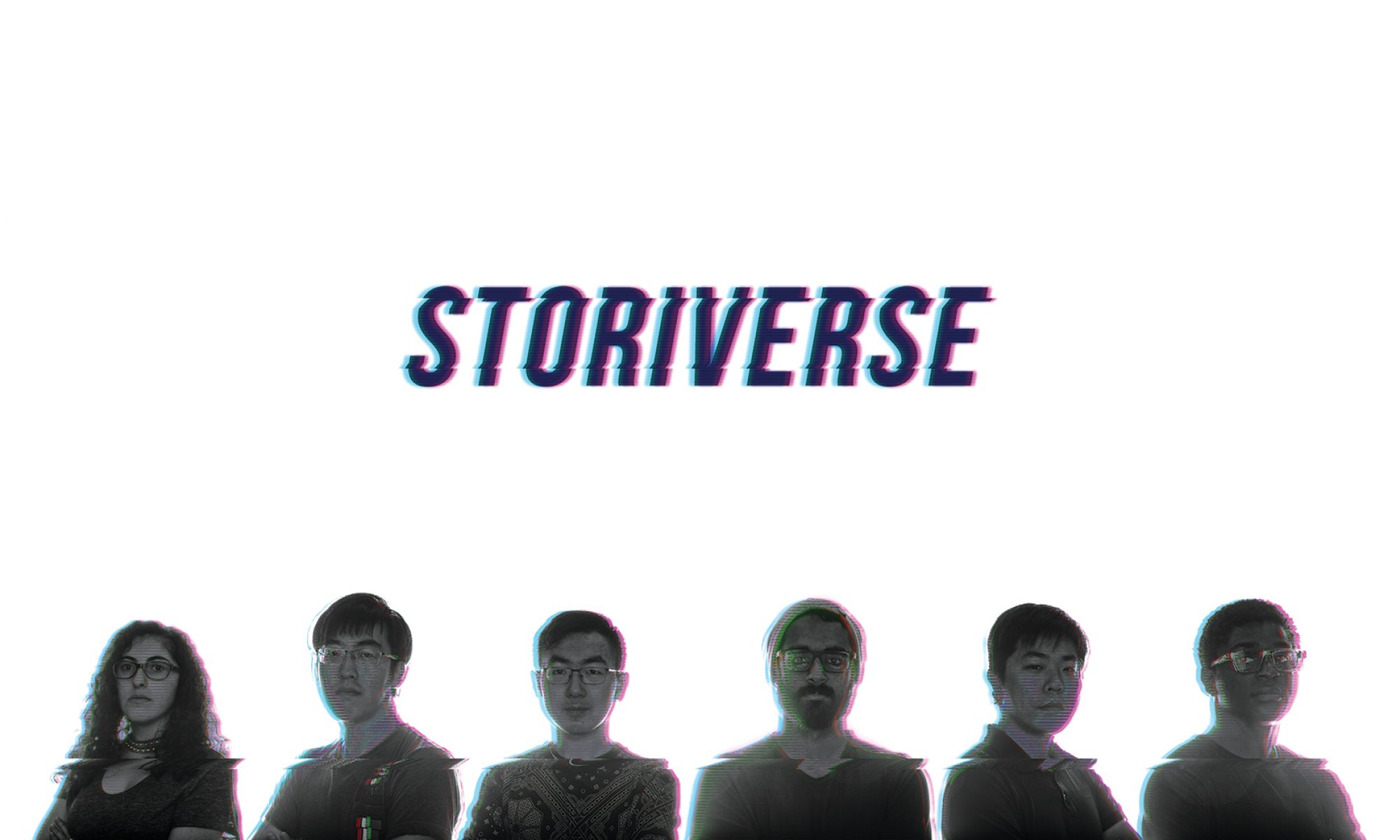During Week 11, we used feedback from Playtest Day to come up with a new (and improved) design for our Storiverse experience. Week 12, then, was all about implementing this design. This meant a lot of work for everyone on the team:
- As the designer, I had to write a design document for the new experience, so that the programmers and artists would have implementation guidelines. (That document can be found here.) I also had to go through the episodes we decided to use for our experience – episodes 1, 4, and 5 – and identify each individual “scene” of the episode, which would constitute an event in the relationship maps of the characters involved. Furthermore, I had to come up with questions to ask the user about various scenes, and the personal values reflected in the answers to these questions. (I ended up with Openness, Decorum, Justice, Integrity, Courage, and Stability.)
- The artists had to come up with a way to display personality statistics, which would replace the interaction panels from the previous iteration of the experience (although the personality stats would not require the user to find a flat surface in their environment.) The artists also had to propose a way to display the relationship events (when the user clicks on them) that can include a question, but can also have space without a question if there is no question associated with that event.
- The programmers had to fill the database with the correct data about each character, relationship event, and question that would be included in the new iteration. They also had to connect the prototype to the database, which had not been done in past versions. (On Playtest Day, we tested a version of the app in which all of the data was hardcoded. However, for this version, there was too much data, and hardcoding was not a viable solution.)
We were also fortunate in that we got to have another meeting with Susan Dansby, the soap opera writer. We pitched our new experience to Susan, and she loved it, telling us that we’ve given the users a great way to interact with the show content. For the show she works on, “The Young and the Restless,” producers have recently started putting “Previously, on The Young and the Restless…” clips at the end of episodes, instead of “Next time, on The Young and the Restless….” They have found that while the “Next time” clips made users who didn’t see their favorite characters less interested in watching the next episode, the “Previously on” clips reminded users of past drama and made them wonder how the situations would progress in the next episode, which hence made them eager to watch it. Thus, our experience has two benefits. Of course, it lets users connect themselves to the show by asking them to evaluate what they would have done in situations that the characters faced. But in addition, by allowing our users to review footage from episodes they had already seen, it also primes the users to watch more episodes. We were very encouraged by Susan’s feedback.
Before we ended our meeting with Susan, she made a suggestion to improve the experience further. She pointed out that when people take any sort of personality quiz, they want to know not just how they are, but also how other people – such as friends and romantic interests – react to them. Since this is the case, she suggested that we write a description for each personal value that can result from the questions, including those sorts of details. We agreed that this was a good idea.
